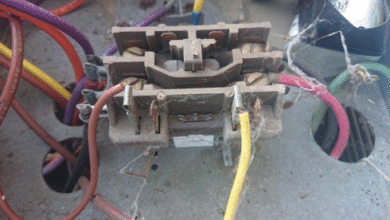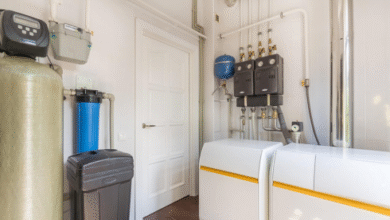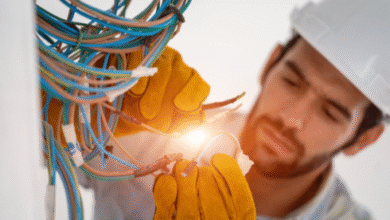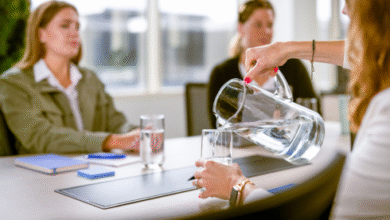What’s Really in Your Tap? Here’s Why Free Water Testing Is a No-Brainer
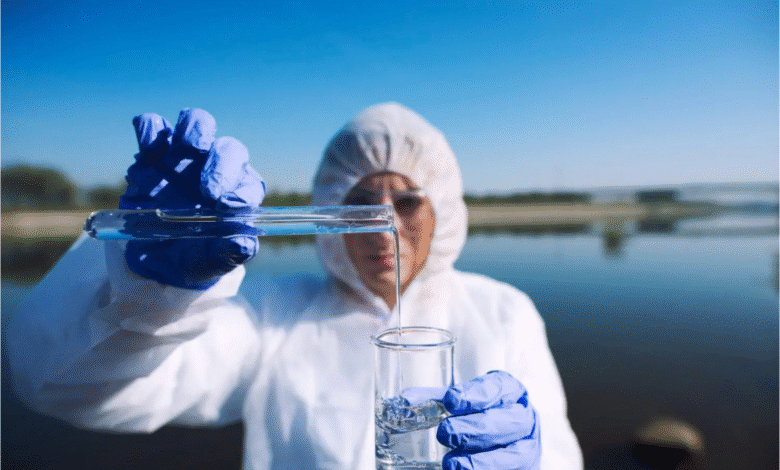
You turn on your kitchen faucet every day. For your coffee. To fill a glass. To boil pasta. You probably don’t think much of it—unless something tastes a little… off. Or your shower smells a bit like a pool. Or your kids start turning their noses up at the drinking water and grabbing juice instead. That’s when the question creeps in: Is my water actually okay?
It’s a fair concern. And one that more people are asking lately as awareness around water quality grows. But here’s the thing—getting answers doesn’t have to be complicated. Or expensive. In fact, it can be as easy as a phone call or filling out a form online. Yup, we’re talking about free home water testing—a simple, often overlooked step that could seriously change the way you think about your tap.
Let’s talk about what it is, why it matters, and how to get it done without spending a dime.
Why Test Your Water in the First Place?
Most of us just assume our water is fine because… well, it’s clear. It runs. It doesn’t taste like gasoline. But appearances can be deceiving. Many common water contaminants—like lead, nitrates, chlorine, or even bacteria—are invisible. And unfortunately, “safe” by government standards doesn’t always mean “clean” by everyday standards.
Depending on your plumbing, your location, or whether you’re on a private well, your water could be picking up all kinds of stuff on the way to your glass. And unless you test it, there’s no way to know for sure what’s in there.
Getting a water quality test at home free of charge is like giving yourself a behind-the-scenes look into your home’s most-used resource. Wouldn’t you want that kind of peace of mind?
What Can Free Testing Actually Detect?
Here’s the good news: most free water testing services aren’t just surface-level gimmicks. Many of them will check for common culprits like:
- Hardness minerals (calcium, magnesium) – These are the guys behind scale buildup and soap scum.
- Iron and manganese – Responsible for rust stains and metallic tastes.
- Chlorine – Used to disinfect municipal water, but it can dry out skin and leave water tasting like a public pool.
- pH levels – Too low or too high can affect plumbing and appliance lifespan.
- Total dissolved solids (TDS) – A catch-all for whatever’s floating around in there.
- Sulfur – That rotten egg smell? Yep, that’s this guy.
Some companies even test for more serious stuff like lead or nitrates, depending on your location and source.
How Does It Work?
Most free testing options are surprisingly straightforward. A local water treatment provider or specialist will either:
- Send a technician to your home – They’ll collect a sample and walk you through the results on the spot.
- Give you a DIY test kit – You collect the sample yourself and either mail it in or drop it off for analysis.
In either case, you’ll usually get a breakdown of what’s in your water, what’s within “normal” range, and if there’s anything to worry about. They might also suggest treatment options—but here’s the thing: you’re never obligated to buy anything. A good company will treat this as an educational service, not a sales pitch.
But… Is It Really Free?
Ah, the age-old question.
In many cases, yes—totally free. Especially if you’re working with a reputable local provider. They offer this service in hopes that if you do need a filtration or softening system, you’ll choose them. But again, no strings attached. You can take the info and do what you want with it.
Just be wary of companies that push high-pressure sales tactics or seem too good to be true. Stick with trusted names, check reviews, and don’t be afraid to ask questions.
When Should You Test?
There’s no bad time, honestly. But here are a few key situations where free water testing really makes sense:
- You just moved into a new home (especially one with older plumbing)
- You’re on a private well
- You’ve noticed changes in taste, smell, or color
- You have hard water issues (spots, buildup, dry skin)
- You’re installing new appliances or fixtures
- You just want to know what you’re drinking—because, why not?
Testing once a year is a good rule of thumb for most households. Wells might need more frequent checks depending on conditions.
What to Do With the Results
If everything checks out? Great. You can rest easy knowing your water is in good shape. But if something’s off, you’ve got options. Maybe it’s as simple as adding a small filter at the kitchen sink. Or maybe it’s time to think about a whole-house solution, especially if hard water is doing a number on your pipes and appliances.
The beauty is, you’ll have data. No more guessing. No more wondering if that weird film on your tub is “normal.” You’ll know what you’re working with—and that puts the power back in your hands.
Final Thoughts: It’s Your Water. Own It.
We spend so much time thinking about the food we eat, the air we breathe, even the cleaning products we use. But somehow, water—arguably the most essential thing in our homes—gets overlooked.
Getting a free home water testing appointment or kit is one of those small tasks that pays off big. It’s easy. It’s fast. It’s usually free. And it might just lead to cleaner showers, tastier drinks, and longer-lasting appliances.
So, next time you fill that glass at the sink and pause for just a second… don’t ignore it. Get the answers. You’ve got nothing to lose—and everything to gain.

